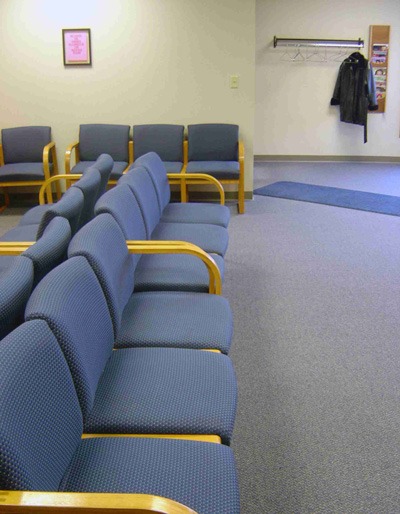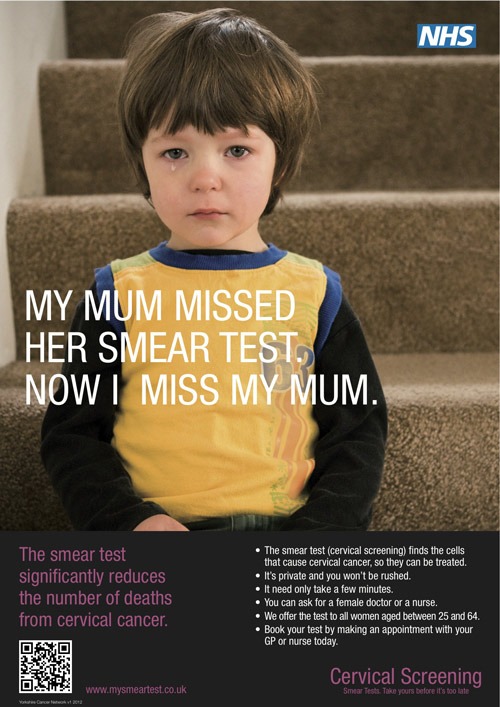 A new campaign has been launched to raise awareness of the benefits of cervical screening; primarily targeting women aged 25-34 in the lower income group. This is because of a decline in cervical screening uptake amongst women in this demographic. In North Yorkshire, this number has fallen from almost 80% in 2009 to 69.9% in 2012. The campaign is also calling for the mothers of the women being targeted to encourage their daughters to take the test.
A new campaign has been launched to raise awareness of the benefits of cervical screening; primarily targeting women aged 25-34 in the lower income group. This is because of a decline in cervical screening uptake amongst women in this demographic. In North Yorkshire, this number has fallen from almost 80% in 2009 to 69.9% in 2012. The campaign is also calling for the mothers of the women being targeted to encourage their daughters to take the test.
The cervical screening test, commonly known as the smear test, can detect abnormal cells that develop before cancer. By taking a smear test when invited by their GP, women give themselves the best chance of detecting pre-cancerous cells, which can be easily treated.
Dr Phil Kirby, Associate Director for Public Health and cervical screening coordinator for NHS North Yorkshire and York, said:
It is vitally important that you attend an appointment when you receive one. Women can sometimes be put off attending a test because they may feel uncomfortable, or they may be worried about the outcome of the test. However, it really is the best way to prevent cancer before it develops.
We’re asking the close relatives of the women we’re targeting – primarily mothers, but also aunts, sisters and cousins, to encourage them to take the test. Their support can positively influence their loved ones and ensure the best possible wellbeing for them.
This advertising campaign has been designed to help women better understand the importance of attending an appointment when they are invited and also explain to women that, although they may feel uncomfortable, the test could be a lifesaver.
Dr Sarah Hay, a GP in Harrogate, said:
Cervical screening saves 5,000 lives a year in the UK. Sadly nearly 70% of young women did not take up the invitation to attend for a smear test last year.
Many patients will remember the tragic death of Jade Goody at the age of 27 from cervical cancer. Initially after Jade’s death there was an increase in young women attending for smear tests but this impact has now disappeared and we have seen fewer women coming for the test.
Many GP surgeries are open early in the mornings or run evening surgeries, so it is often possible to book an appointment for a smear test without having to take time off work.
Having a smear test takes just a few minutes. Women have the choice of a female doctor or nurse, and they can also bring a friend for support if they wish.
The test can detect any abnormalities or changes in the cervix which, if left untreated, could lead to cervical cancer.
When invited for a test, women will receive a letter asking them to make an appointment for screening. They can choose whether to have it done at their GP practice or family planning clinic.
Most women receive a normal result, which means that the cells were considered to be normal. These women are recalled for another routine test within three to five years.
Around 10% of women receive an abnormal result. This means the laboratory has identified some cell changes which need further investigation. Not all abnormal changes need to be referred for immediate treatment; some low grade changes may disappear without the need for any treatment. If low grade abnormal cell changes are detected women will be asked to have a repeat test in 12 months. If the abnormality persists or develops, further investigations will be advised. Women who are monitored in this way are at very low risk of developing a serious abnormality.
For more information on cervical screening please go to: www.mysmeartest.co.uk







